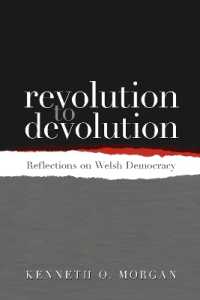Full Description
From March 2009 Statistical Research Inc. (USA), Nexus Heritage (UK) and the Institut Fondamental d'Afrique Noire (Dakar, Senegal) jointly undertook an integrated programme of cultural heritage research and investigation in the Sabodala area of Senegal. This was part of an environmental and social impact assessment in compliance with Senegalese law and international best practice. The principal investigators were Jeff Altschul (SRI) Gerry Wait (Nexus) and Ibrahima Thiaw (IFAN). This report is the outcome of those investigations and makes a significant contribution to the archaeology and ethnography of eastern Senegal. Combining ethnographic and archaeological data yields a picture of a period of intense social change that occurred at the end of the nineteenth century and extended well into the mid-twentieth century. This involved the overturning of previous norms by social groups of mixed ethnicity, who proceeded to create new social work-arounds for previous ethnic prohibitions. It also probably involved the final end to slavery, but possibly only within living memory. It seems likely that some sites—archaeological as well as traditional sacred properties—provide tangible links between the current villages and a highly contested and emotionally charged past. To paraphrase the American novelist, William Faulkner, the past in Sabodala is never dead; in fact, it's not even past.
Contents
Chapter 1: Introduction; Chapter 2: Environment and Culture History in Southeastern Senegal; Chapter 3: Village Histories and Ethnography within the Oromin Sabodala Concession; Chapter 4: Archaeological Field Methods; Chapter 5: Archaeological Survey and Test-Excavation Results; Chapter 6: Artifact Analyses; Chapter 7: Geoarchaeological Investigations; Chapter 8: Where Are the Sites, and Why Are They There? A Methodological Exercise in Archaeological Predictive Modeling; Chapter 9: Settlement Dynamics in Beledougou in the Second Millennium a.d.; Chapter 10: Summary; Appendix A: Gazetteer of Sites; Appendix B: Gazetteer of Features and Sites; Appendix C: Ceramic Decorative Techniques; Appendix D: Ceramic Rim Sherd Data








